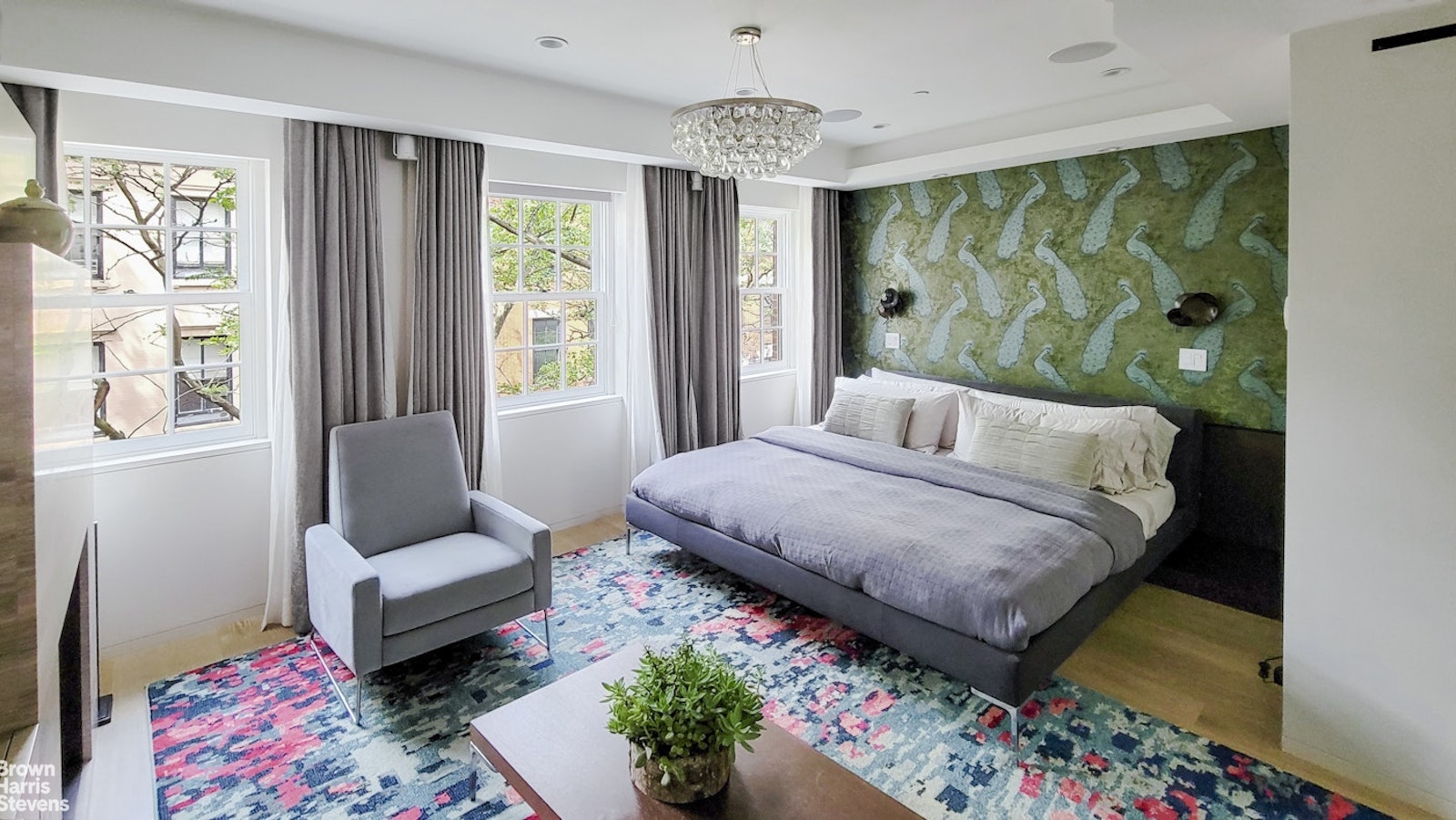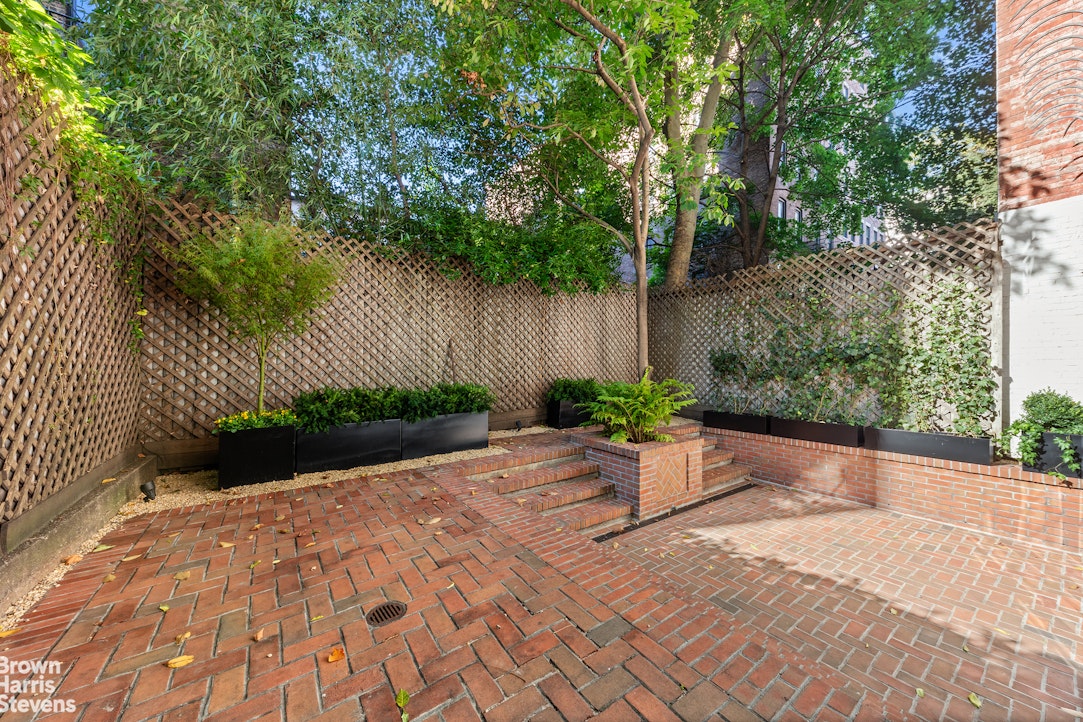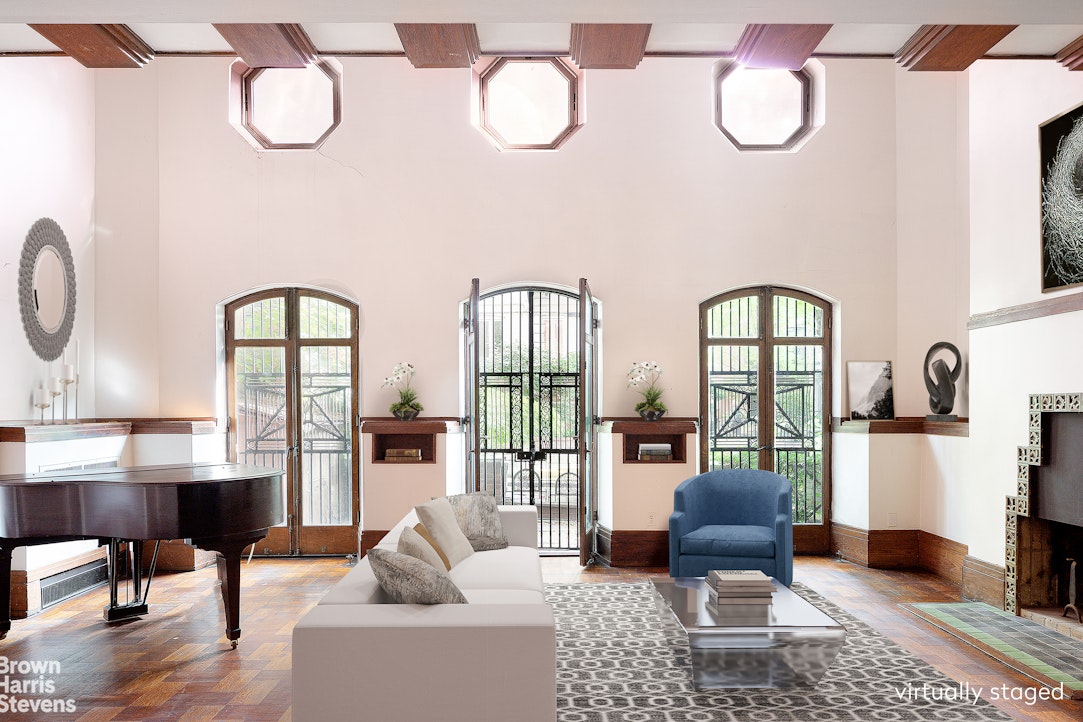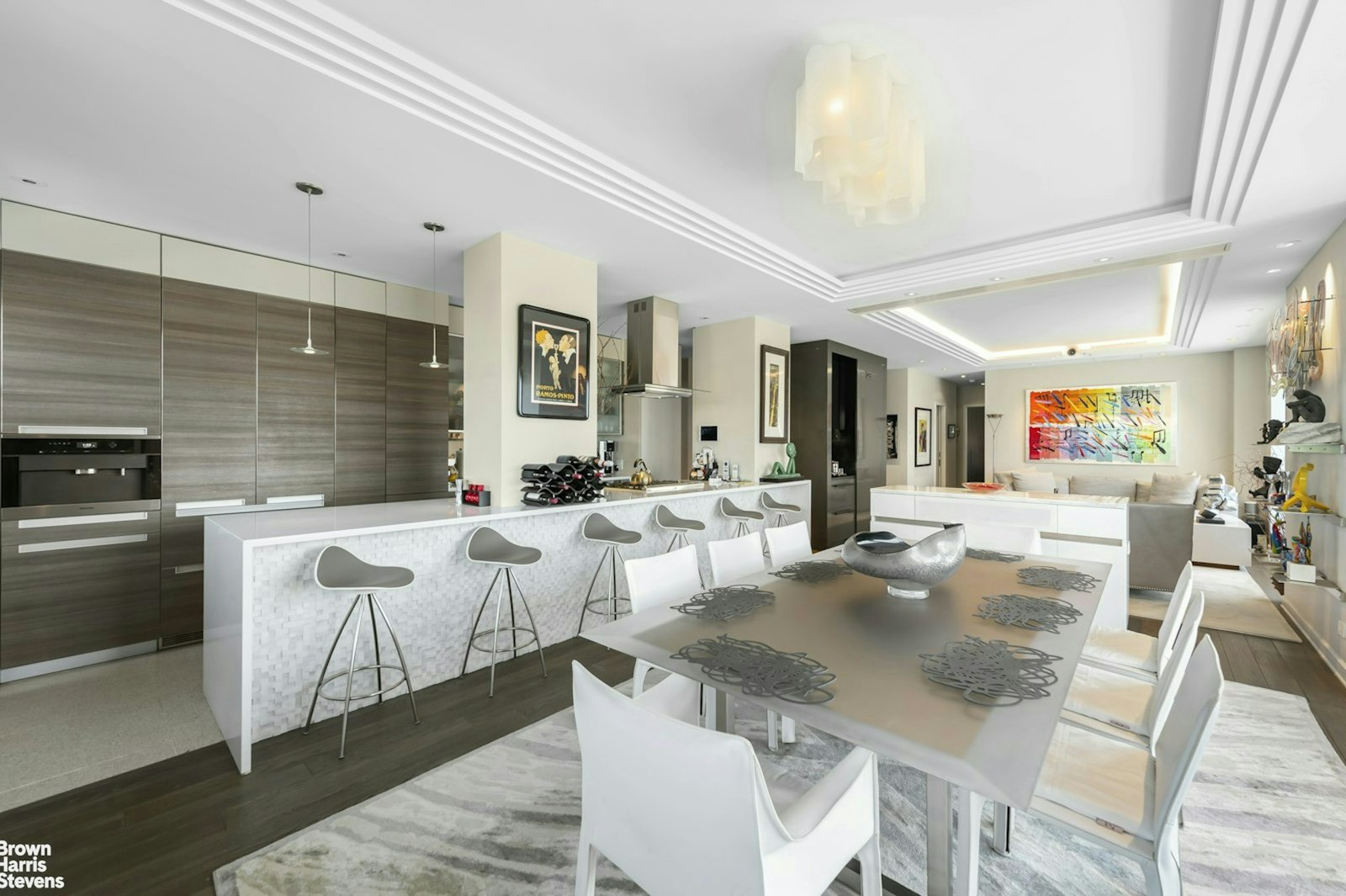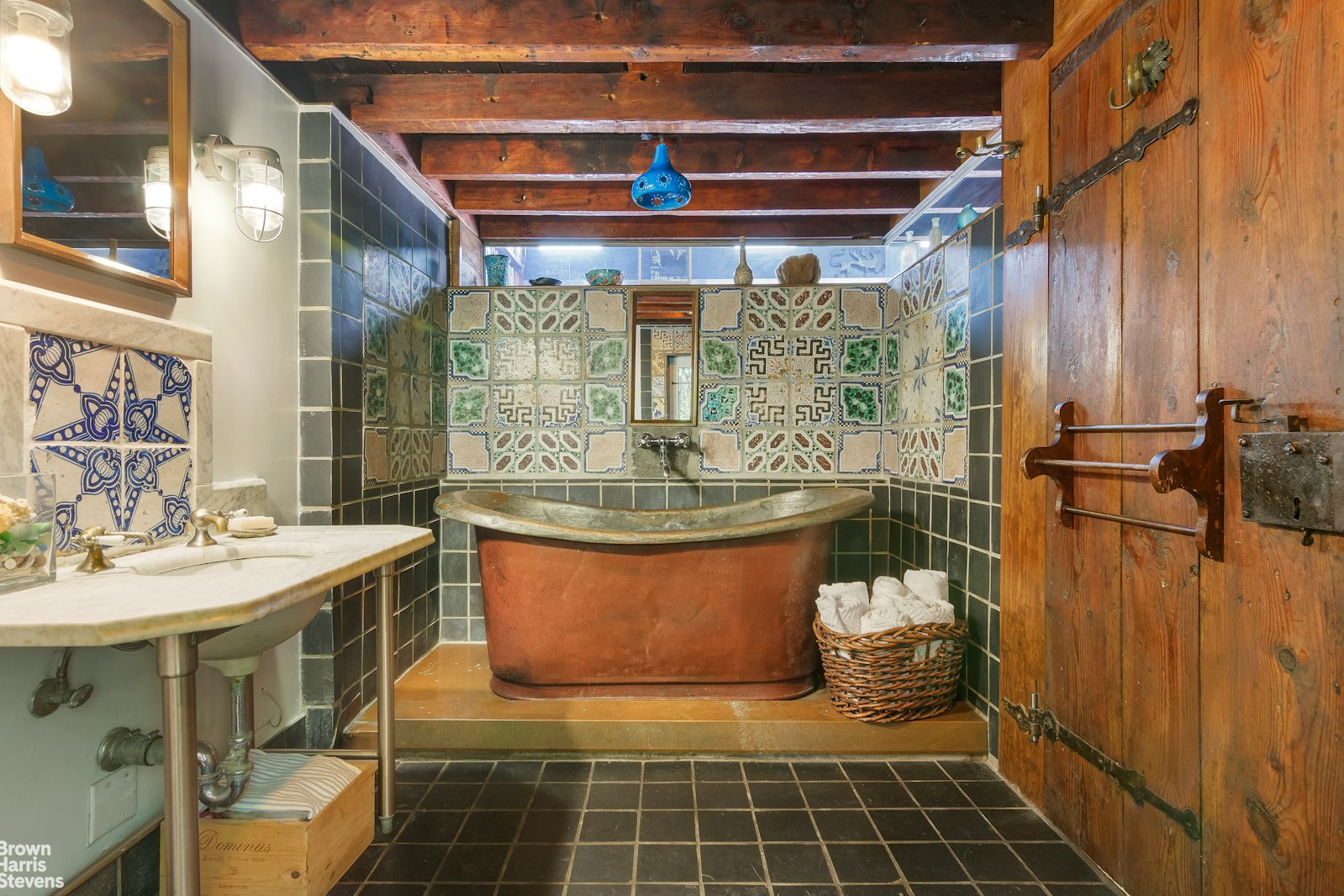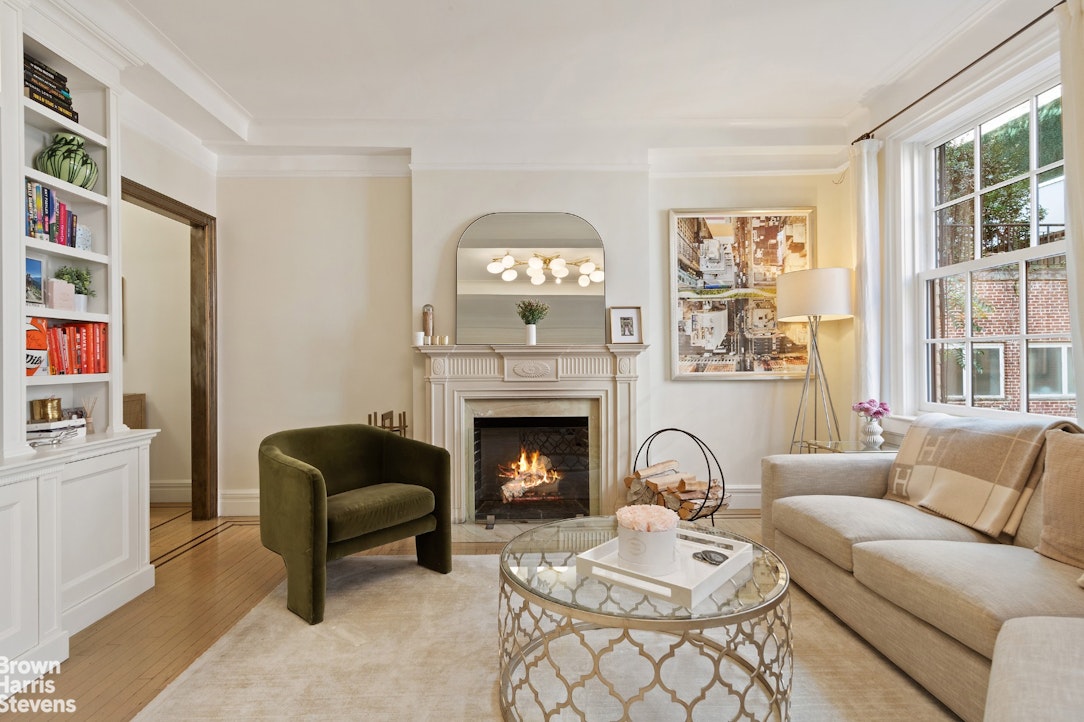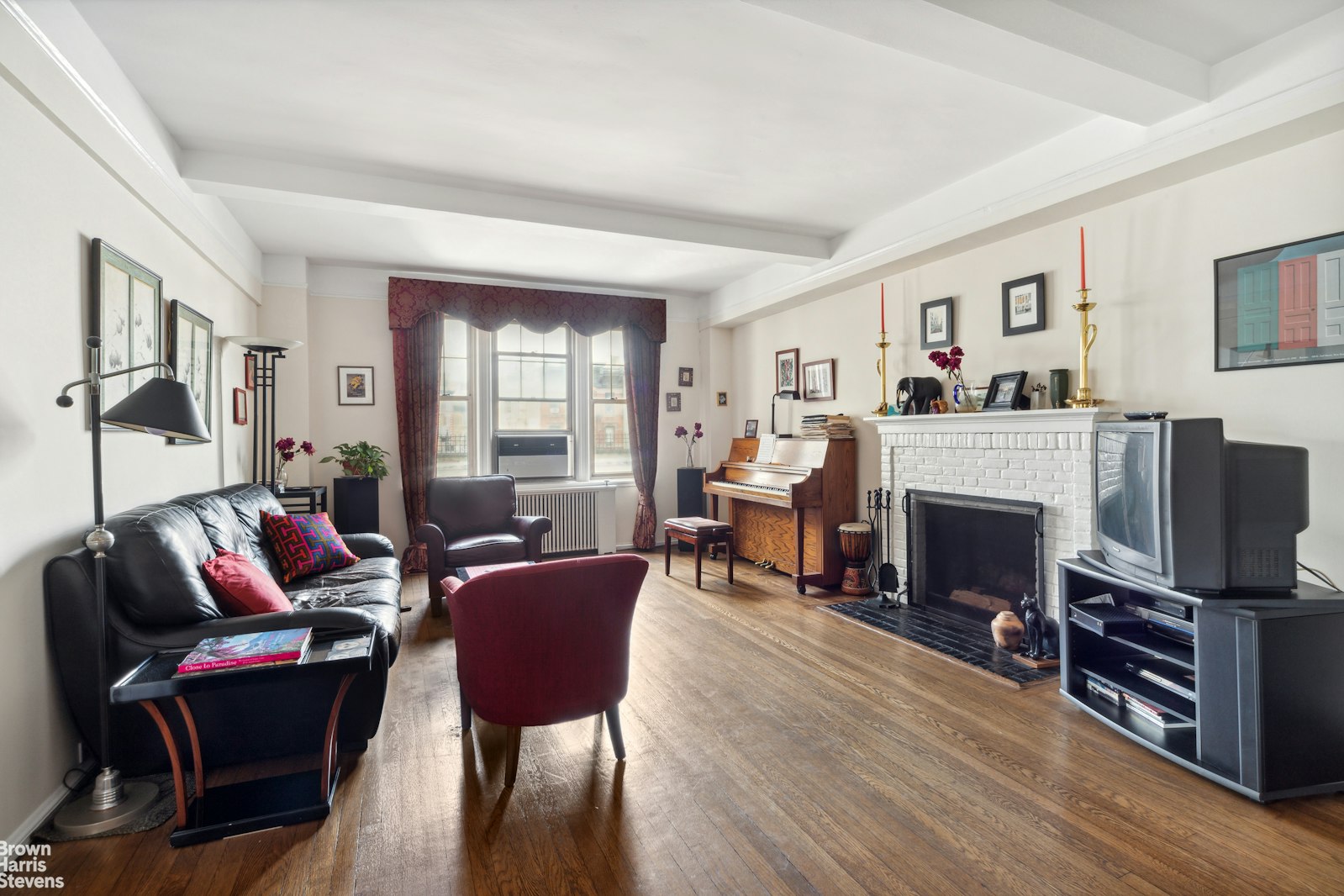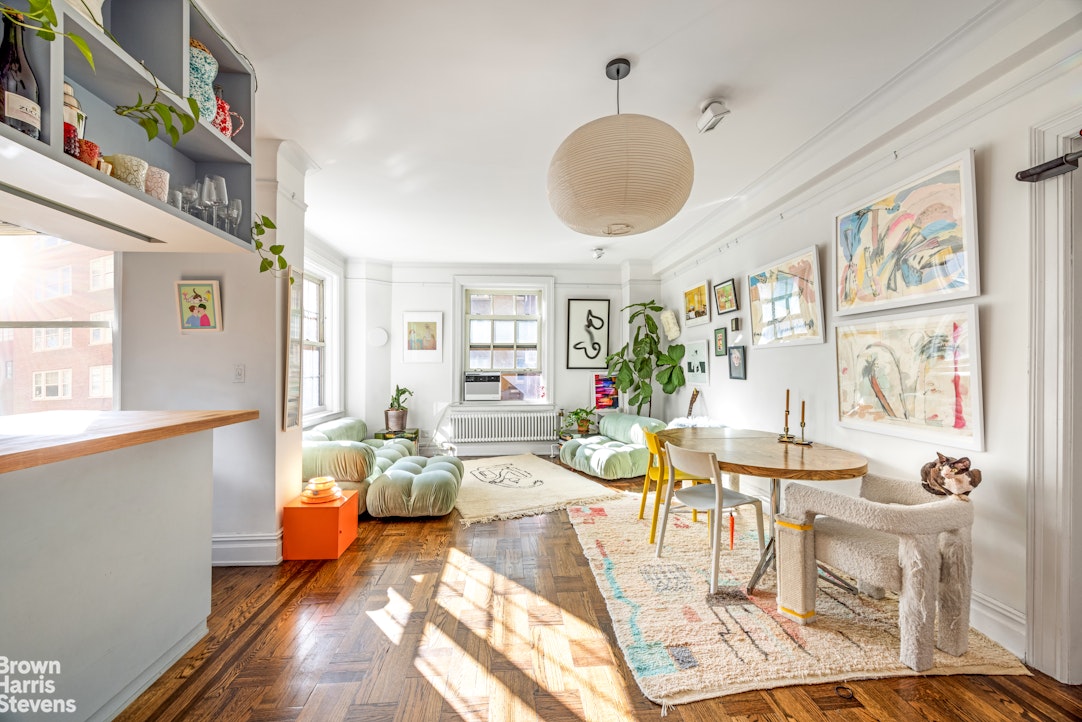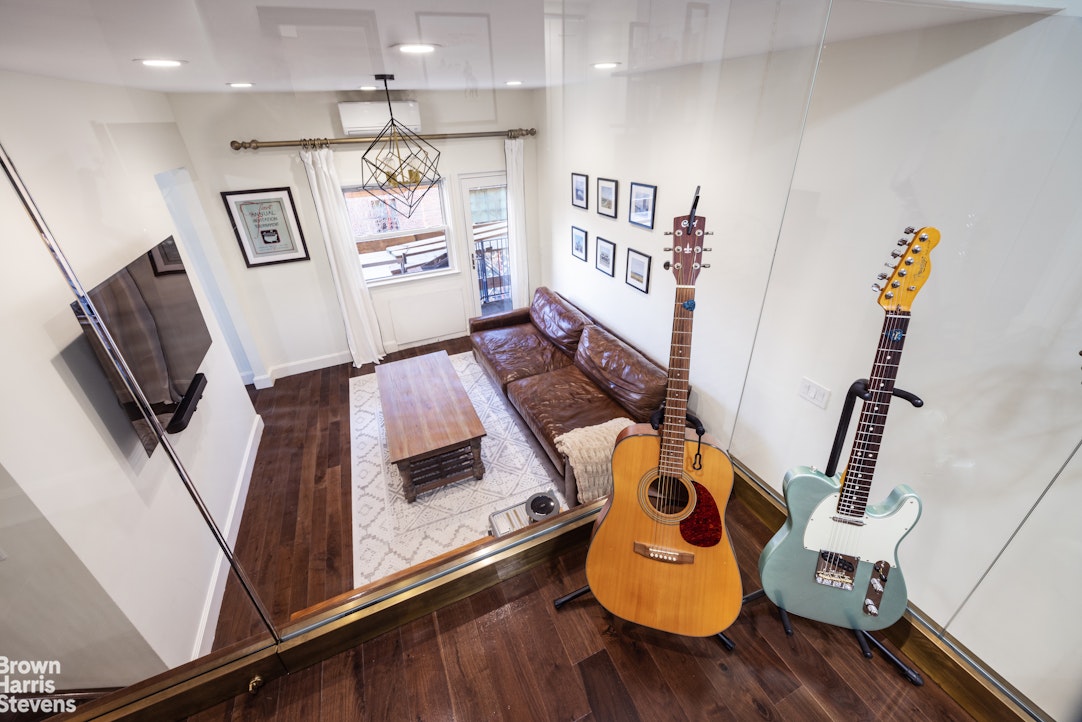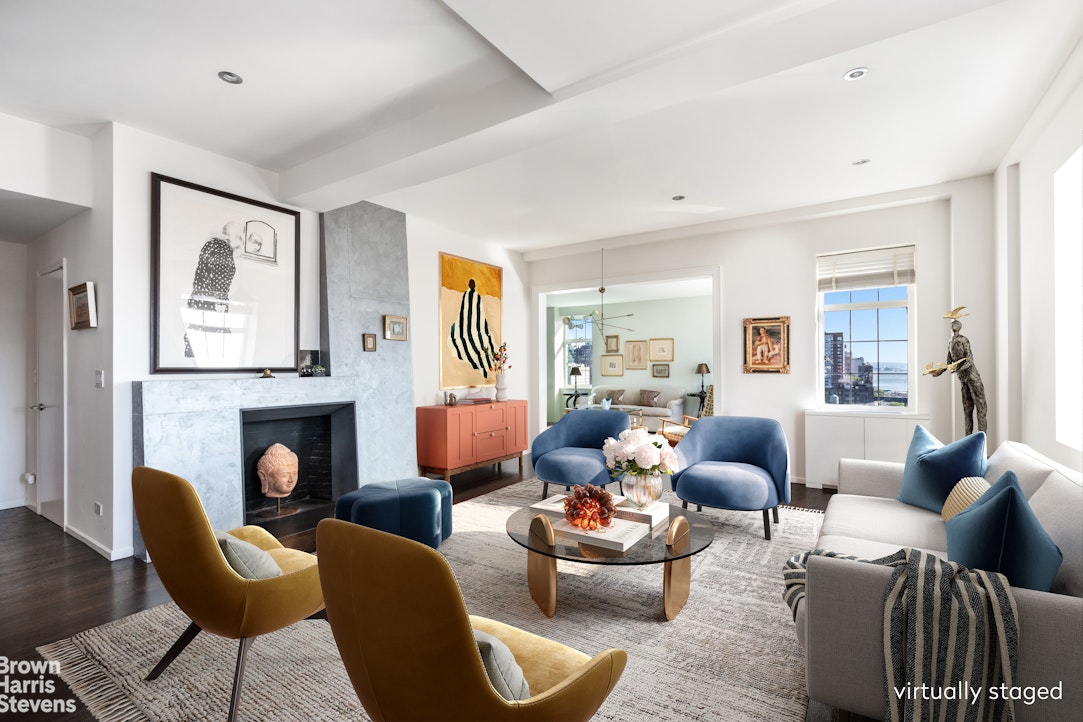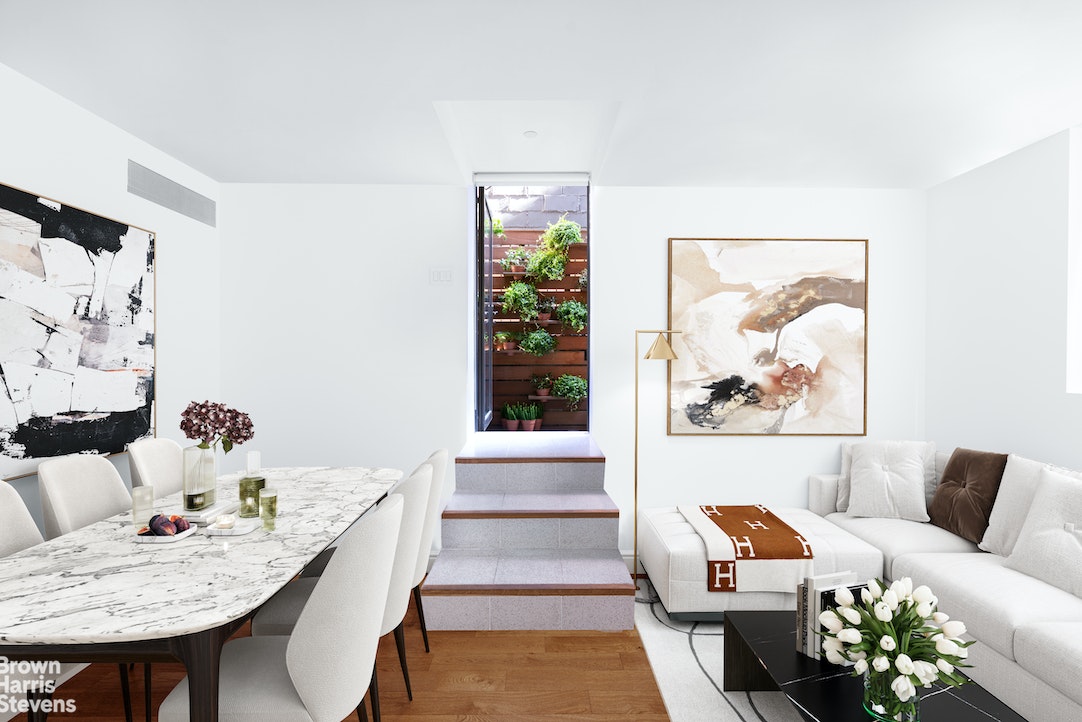The Oscar nominated film A Complete Unknown, starring Timothée Chalamet as Bob Dylan, meticulously recreates many of the West Village and Greenwich Village’s most iconic spots, paying homage to the neighborhood’s deep connection to Dylan’s early career. In the 1960s, the Village was the epicenter of the folk music revival, a haven for artists, poets, and musicians seeking creative freedom.
Immersing himself in the scene at legendary venues like Café Wha? and Gerde’s Folk City, Dylan lived in various apartments around the neighborhood, located nearby several Brown Harris Stevens listings currently on the market.

Credit: Rowland Scherman, Public domain, via Wikimedia Commons | U.S. National Archives and Records Administration
West 4th Street
The street where so many important moments of his life took place, Bob Dylan's earliest days in New York City can be found along West 4th Street. Within the walls of Dylan's first apartment at 161 West 4th Street, a four-story West Village home built in 1910, came the birth of many famous Dylan songs.
Jones Street
Bob Dylan’s 1963 album The Freewheelin’ Bob Dylan features an iconic cover photograph taken on Jones Street in New York City’s Greenwich Village. The image, shot by photographer Don Hunstein, captures Dylan walking arm-in-arm with his then-girlfriend, Suze Rotolo, on a snowy day. The cozy, candid moment perfectly embodies the album’s themes of youthful idealism and the burgeoning folk movement of the era. Jones Street, a small but storied block, was at the heart of the Village’s vibrant music scene, where Dylan lived and honed his craft during the early 1960s.
Nearby BHS Listing:
291 West 4th Street
Music Inn
Next door to his former home on West 4th Street, the Music Inn was a common spot for Dylan to peruse. Featured in A Complete Unknown, Chalamet is seen browsing the shop's vinyl records just as Dylan did in his early days.
Gaslight Cafe
Bob Dylan's early days in New York City’s Greenwich Village were closely tied to the Gaslight Cafe, a legendary basement venue on MacDougal Street. In the early 1960s, the Gaslight was a hub for the folk music revival, hosting artists like Dylan, Dave Van Ronk, and Joan Baez. Dylan performed there frequently, honing his songwriting and performing skills before rising to fame. It was at the Gaslight where he played some of his earliest compositions, including songs that would later define his career. Re-created in the biopic, this is the location where Baez first saw Bob Dylan perform.
Nearby BHS Listings:
20 West 12th Street
280 West 11th Street
2 Fifth Avenue
Café Wha?
Bob Dylan’s early New York City days are closely tied to Café Wha?, the legendary Greenwich Village venue at 115 MacDougal Street where he made his unofficial debut shortly after arriving in the city in 1961. Moving to the city from Minnesota and eager to make a name for himself, Dylan performed folk and blues covers at the club. Café Wha? was a hub for emerging talent, and its bohemian atmosphere provided a launching pad for Dylan as he honed his style and connected with the Village’s folk scene.
Nearby BHS Listings:
36 Leroy Street
35 West 9th Street
Kettle of Fish
Located at 59 Christopher Street, Dylan was a frequent visitor to Kettle of Fish. This legendary Greenwich Village bar that became a hub for the city's folk music scene in the 1960s. Located on MacDougal Street, above the famed Gaslight Cafe, Kettle of Fish was a popular hangout for musicians, poets, and activists, including Dylan, who spent time there early in his career. Featured in A Complete Unknown, Kettle of Fish is still a classic neighborhood bar that attracts countless patrons daily.
Nearby BHS Listing:
45 Christopher Street
Figaro
Bob Dylan was known to frequent Le Figaro Café, a beloved Greenwich Village coffeehouse that was a hub for artists, writers, and musicians in the 1960s. Located on the corner of Bleecker and MacDougal Streets, it was frequented by Dylan and his Beat Generation peers, re-created in the movie.
Le Figaro was part of the creative fabric of the Village, offering a space for intellectual debate, songwriting, and artistic exchange. The café closed in 2008, but its since been reimagined and its legacy remains tied to the era that helped shape Dylan’s early career.
Nearby BHS Listings:
41 Fifth Avenue
211 Thompson Street
Hotel Chelsea
Bob Dylan was one of the many legendary artists who found inspiration at the Hotel Chelsea, the storied West 23rd Street landmark known for housing musicians, writers, and creatives. In the 1960s, Dylan briefly lived in Room 211, where he wrote songs for his 1966 album Blonde on Blonde, including “Sad-Eyed Lady of the Lowlands.” The hotel’s bohemian atmosphere and eclectic residents left a mark on Dylan, though his relationship with the place was complex—he later expressed mixed feelings about his time there, particularly in his 1975 song “Sara,” where he references writing an album in the Chelsea while longing for a different life.
Nearby BHS Listings:
465 West 23rd Street
255 West 23rd Street
As A Complete Unknown brings Dylan’s Greenwich Village years back to life on the big screen, it’s a reminder of how this storied neighborhood helped shape one of music’s greatest legends. Whether through film, music, or the cobblestone streets themselves, Greenwich Village’s influence on Bob Dylan endures—a testament to the neighborhood’s place in the heart of American folk history.
Sources:
- https://www.timeout.com/newyork/news/this-a-complete-unknown-walking-tour-of-nyc-is-totally-worth-taking-010325
- https://www.cntraveler.com/story/on-location-a-complete-unknown
- https://www.elledecor.com/life-culture/a63432505/a-complete-unknown-filming-locations/
- https://freetoursbyfoot.com/bob-dylan-greenwich-village-tour/
